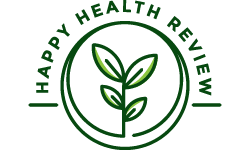Push-Pull Workouts: Tips for Building Muscles
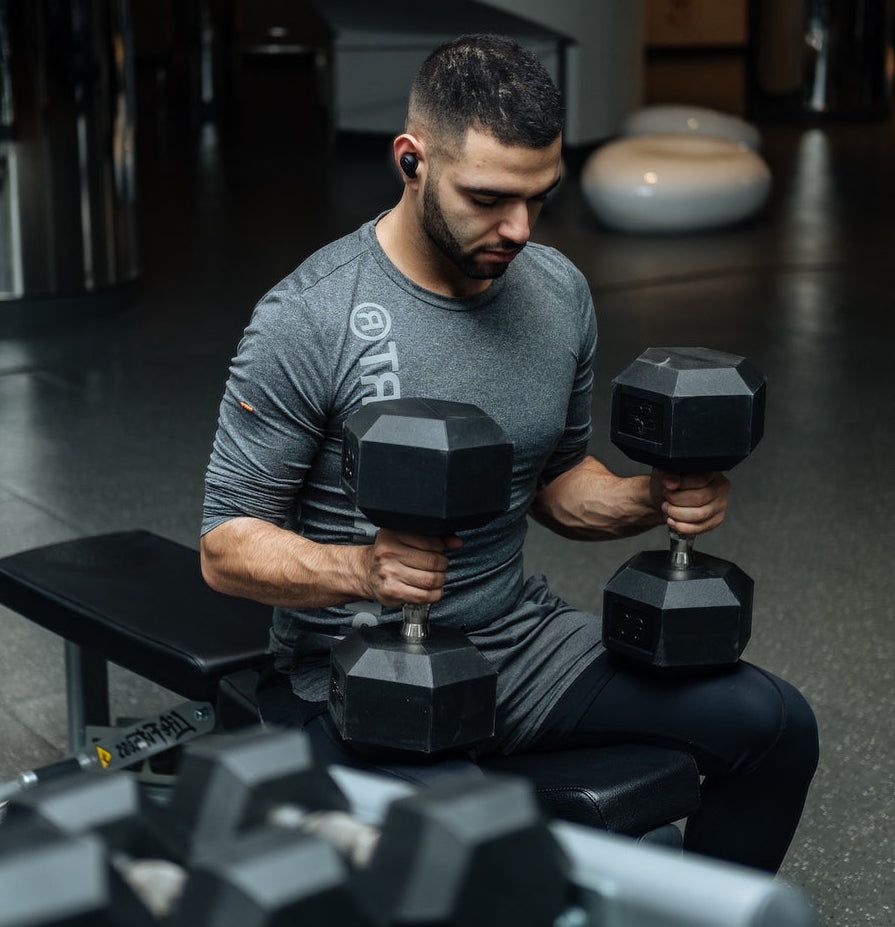
Push-pull workouts target muscles by using either a pushing or pulling motion. These workouts are popular for athletes because they optimize recovery times between workouts and help create balanced physiques.
This article explains everything about push-pull workouts, including a workout routine you can use for developing muscles.
What is Push-Pull?
Push-pull is an exercise style that structures workouts based on muscle movements. With this training style, you train upper back muscles for pushing movements one day and then upper body muscles for pulling movements the next day.
Here are the muscles involved in pushing and pulling movement patterns: Pushups: Chest, Shoulders, Triceps. Pulling: back, biceps, and forearm muscles. A day for training your lower body (leg exercises) and core usually follows the push and pull workouts on the next day or a separate day.
The muscles include the leg muscles located at the front (quads), back (hamstrings), and sides (glutes and calves). The push-pull method of training allows you to train all the major muscle groups twice per week, assuming that you train six days a week with one day off.
A recent study showed that training in this manner (rather than focusing on one muscle group per day) leads to maximal strength gains. Push-pull exercises are great for gaining muscle size and strength, even if you're a beginner.
Benefits of a Push-Pull Workout
Allows for optimal recovery
Traditional bodybuilding-type workout programs involve training one or more body parts each day. You may train your chest one day; then your shoulders the next; then your triceps the day after; and so on.
However, even if you're focusing on your chest one time, your shoulder muscles inevitably need to work, too, since they are synergist muscles assisting in performing movements like the chest fly or bench press.
By doing this, you end up training your muscles multiple times per day, which may lead to muscle soreness. With the push-pull training regimen, you allow your muscles the recommended 48 to 72 hours of rest between push workouts and pull workouts so they can fully recover. This is because you could only train a major muscle group once every three days.
Anyone can benefit
Everyone can perform the push-pull exercise routine and benefit from it. Adjust the number of training sessions according to your experience with weight lifting. If you're just starting, you should train 4 times per week, alternating between training days and rest days.
Intermediate lifters who have trained for 6 months to 2 years should train 3–4 times per week. Advanced resistance trainers can train up to six times per week with one rest day between each split (four).
Here are examples of beginner, intermediate, and advanced split routines for weightlifters.
Beginner and intermediate lifters
- Day 1: push
- Day 2: rest
- Day 3: pull
- Day 4: rest
- Day 5: legs and core
Experienced lifters
- Day 1: push
- Day 2: pull
- Day 3: legs and core
- Day 4: rest
- Day 5: push
- Day 6: pull
- Day 7: legs and core
You can adjust the number of repetitions, sets, and weights for each workout depending on your preferences and training goals. Push-pull training supports muscle recovery, and everyone can perform the exercises.
Push-Pull exercises
This is a sample push-pull routine separated by training day and rest time. Do 3–4 sets of 12–15 reps per exercise, and rest for 1–2 minutes between sets.
Day 1: Push day
Seated dumbbell shoulder press - Press up until your arms are stretched over your head. Pause for a moment at the top, and slowly lower your arms back down.
Dumbbell incline press - Position dumbbells to either side of your upper chest and lift them until your arms are completely extended, and then slowly return them to the starting position.
Triceps dips - Grip a parallel bar or put your hands on edge of a chair or a bench, facing away from the bar. Start with your arms straight and bend your elbows until you feel a stretch. Then slowly pull yourself up until your arms are straight again.
Cable bar triceps pushdowns are used by weight lifters to strengthen and develop muscles in the forearm region. Grasping the rope attachment, extend arms down and rotate palms down at the bottom of the movement. Slowly let your forearms come back up while pinning them to your sides.
Incline barbell bench press is good chest exercises, they are used to strengthen and develop muscles around the chest. With dumbbells over your upper chest, palms facing inward, and arms extended outwards, lower dumbbells outwards to the sides of your shoulder blades.
Keep elbows slightly bent, and bring the dumbbell back together in a hugging action above your upper chest. Your elbows should be straight when you raise them. You shouldn't bend your elbows too much or else you'll lose control over how high you lift them. When you're lowering them down, your elbows should stay straight.
Day 3: Pull day
A bent-over barbell row is performed with a wide grip. Your shoulders should be parallel to the floor when you perform this exercise. Your feet should be about hip-width apart. You should lean forward as you move into the bottom portion of the movement.
When performing the exercise, your hands should stay close to your sides. As you lift the weight, you should feel the tension in your back muscles. Dumbbell shrugs are exercises done by holding dumbbells at your side and raising your shoulders as high as you can.
Then, you relax them back down. You use bicep curl and lift weights using an underhand grip. Your arms go straight up, and pause at the top, before lowering the weights back to the starting position again.
Day 5: Legs and core
Deadlift. Grasp the barbell with a wide, shoulder-width grip. Keep your feet flat, and lift the bar by extending your hips and knees completely. Slowly lower the bar by hinging at your hip joints with a slight bend in the knees.
Barbell back squat. Position the barbell so that it rests on the back of your shoulder blades and grasp the bar to keep it stable. Bend at the hips until your legs are completely straight. To return to a standing position, press through your heels and squeeze your glutes.
Quadriceps leg extensions. Sit on a leg extension machine and extend your knees until they're straight. Then slowly bend your knees back towards the starting position.
Seated hamstring leg curl. Sitting on a leg press machine, bring your lower leg to the back of your thigh by flexing your knee, and then slowly straighten your leg again.
Dumbbell standing calf raise. Grasp the dumbbells in each hand at your side. Place your feet on a platform so that your heels hangover. Raise your heels as far as possible, and then gradually lower them back down.
Hanging leg raise. Hold a bar overhead. Raise your legs by bending at the hips and knees, then bring your knees up toward your body. Lower your legs back into position. To increase the difficulty level, keep your legs straight.
This workout routine provides an example of push, pull, leg, and core exercises separated by resting days.
Tips to Keep In Mind
Choosing a weight
Use a weight that allows you to barely perform a certain number of repetitions. For example, if you want to perform 10 repetitions, use a weight that makes you struggle to complete the 9th and 10th repetitions. However, you should be able to maintain proper form by the tenth repetition. If you can't, the weight is too big.
If you can perform more than 10 repetitions with good form, then increase the amount of weight that you're using. It's a good idea to keep track of your reps and weights so you can see your progress over time.
Incorporate variety
Incorporating variety in your workout routine will help avoid boredom and stimulate your body in different ways). You can add variety by using different cable attachments, dumbbells, or vice versa, for certain exercises.
For example, you might use a straight bar instead of a rope cable attachment for bicep curls, or you could perform a decline bench press using a barbell instead of dumbbells.You can also perform various exercises using cables that you cannot perform using dumbbells and barbells, such as arm curls, chest flies, and lateral raises.
You can also add variety by doing both unilateral and bilateral exercises, either using cables or dumbbells. Bilateral exercises involve both arms or both legs at once. Unilateral exercises are done with one arm or leg alone.
Don’t skip out on nutrition and sleep
If you don't get enough nutrition and sleep, you're more likely to get injured and ill, and you might not achieve the results you could otherwise. Eat mostly nutrient-dense food such as fruits and vegetables; lean meats; low-fat dairy; nuts and legumes.
Limit your intake of foods high in sugar, refined carbohydrates, and alcohol. Inflammation is bad for your health, so it's important to avoid eating foods that cause inflammation.
Adolescents need between 8 and 10 hours of sleep per night, while adults need between 7 and 9 hours. Here are some tips to help you get better sleep. Limit your exposure to bright lights after dark. Don't consume caffeine before bed. To induce deep sleep, use blackout curtains or a sleep mask.
Get into a routine where you go to sleep and wake up at the same time every day. To maximize the benefits of the push-pull split, use the right resistance or weight and vary your exercises. Nutrition and sleep are also important.
Final Thoughts
Push-pull training splits refer to exercises that target muscles that move in similar ways. Push exercises train the chest, shoulders, and triceps, while pull exercises train the back, bicep, and forearms. A day for training your lower body and core is included in this training split too.
The push-pull exercise routine supports muscle recovery, and everyone can perform it, regardless of experience level. If you have trouble starting or are concerned about your form, consider hiring a personal trainer if possible
5 Supplements to Get the Most of Your Push Pull Workouts
It’s not as important as proper diet and training, but it’s still worth mentioning. Supplements don't build great bodies; dedication to proper training and nutrition does. Although supplements don't play a vital role in developing muscle and losing fat, the right ones can help if used correctly.
Here are the supplements that will help you build muscle as fast as possible.
Optimum Nutrition Micronized Creatine

Creatine is a natural substance found in our bodies and foods like red meats. It’s probably the most researched molecule in sports supplements, and the consensus is very clear.
Creatine is not harmful to your kidneys. Creatine has been shown not to cause any harm in either short- or long-term use. People with kidney disease should not take creatine supplements.
Optimum Nutrition Whey Protein Powder

Protein supplements aren't necessary for muscle growth, but if you're going to get all your protein from whole foods, it may not be practical. Protein supplements are by far the most popular types of supplements out there, because they're cheap, taste good, and their amino acid profiles are uniquely suited for muscle building.
Whey protein is particularly effective as a post-workout source of protein because it is rapidly digested, causing a dramatic spike in amino acid levels in the bloodstream.
This is the creamiest tasting, healthiest whey protein powder you'll ever taste. You can choose from different flavors: cookies & cream, mocha capuccino, strawberries & cream, and vanilla ice cream.
Optimum Nutrition Casein Protein Powder
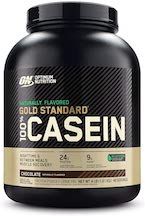
Casein digests at a slower rate than whey, so it provides a steady stream of amino acids to the muscles for growth. Some experts believe that casein may be a better choice for building muscles.
Both whey and casein protein powders are equally effective for building muscle, so choosing between them is largely a matter of personal preference. There’s no reason to choose one brand over another.
Orgain Plant-Based Protein Powder
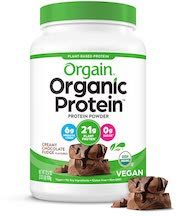
If you want a delicious, plant-based protein shake, you want to try Orgain organic protein.
Orgain is a quality protein powder that contains 21 grams of plant protein per serving. It’s nutritionally enhanced with added nutrients that vegans and vegetarians tend to lack, including Vitamin D, Potassium, Iron and Calcium.
Optimum Nutrition Pre-Workout Amino Energy
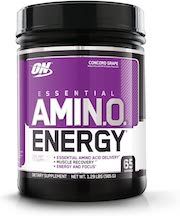
It's no question that a pre-workout supplement can help you get ready for the gym. There are some downsides and potential risks involved. Many pre-workouts are filled with ineffective ingredients and/or tiny amounts of otherwise good ingredients.
It’s very difficult to find a pre-exercise supplement that’s low on stimulants but high on natural, safe, and performance-enhancing ingredients. If you want to know what an effective pre-workout supplement should feel like and want to get the kind of energy rush and performance boosts, try Amino Energy.
